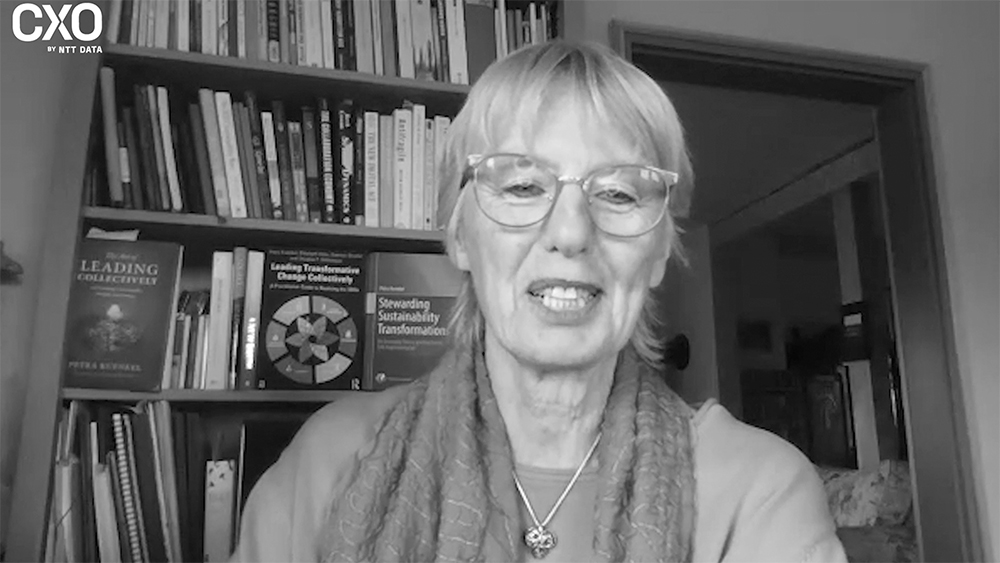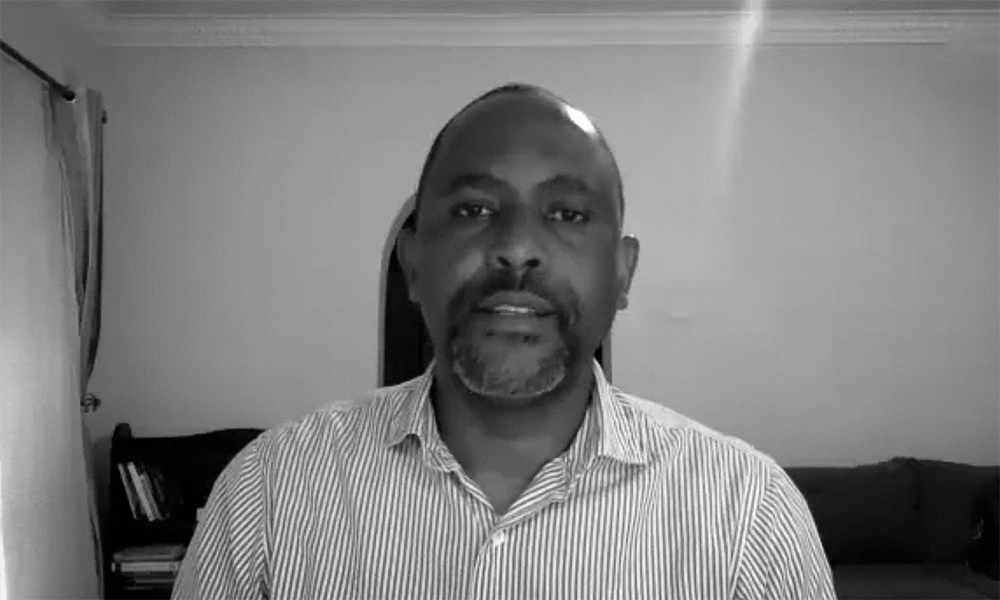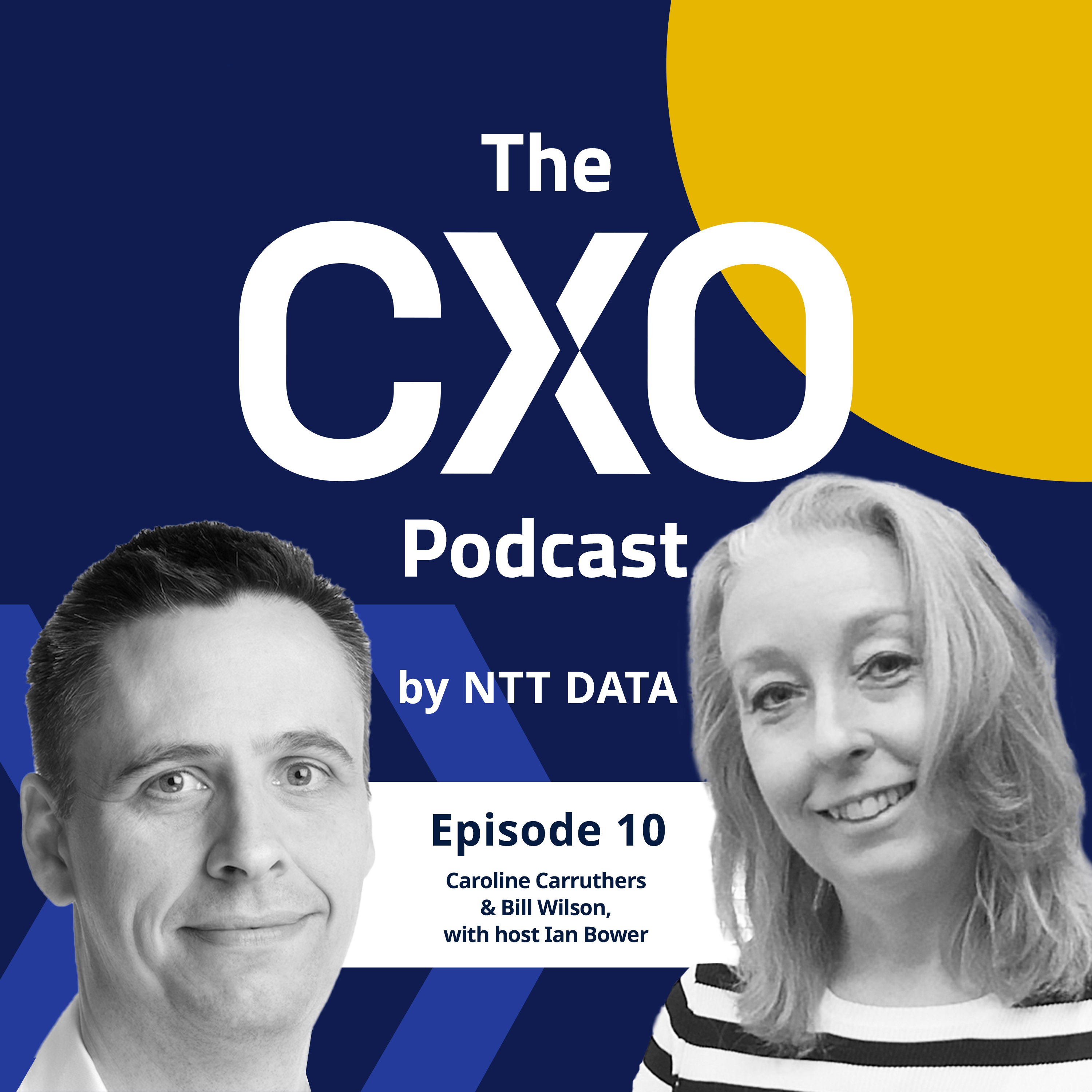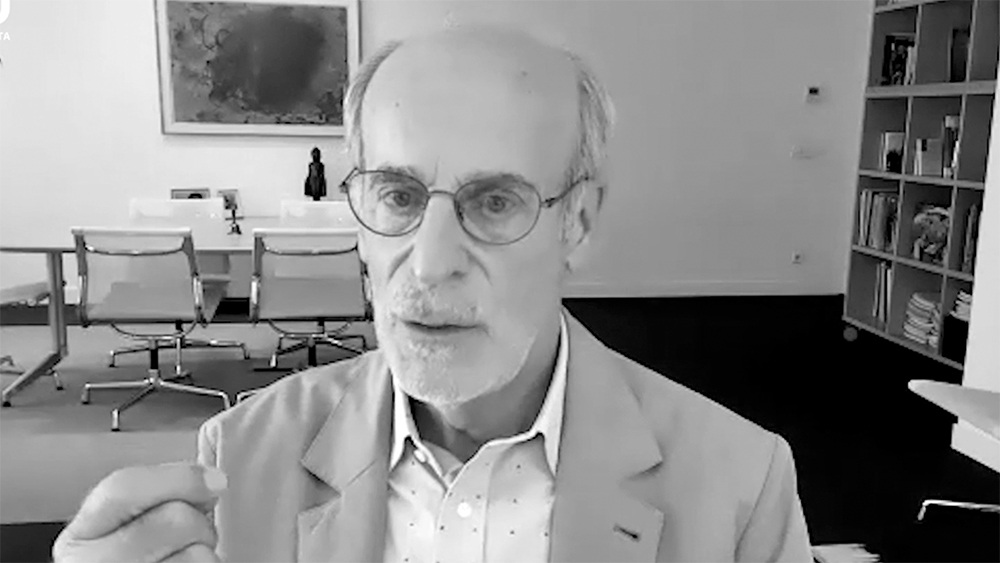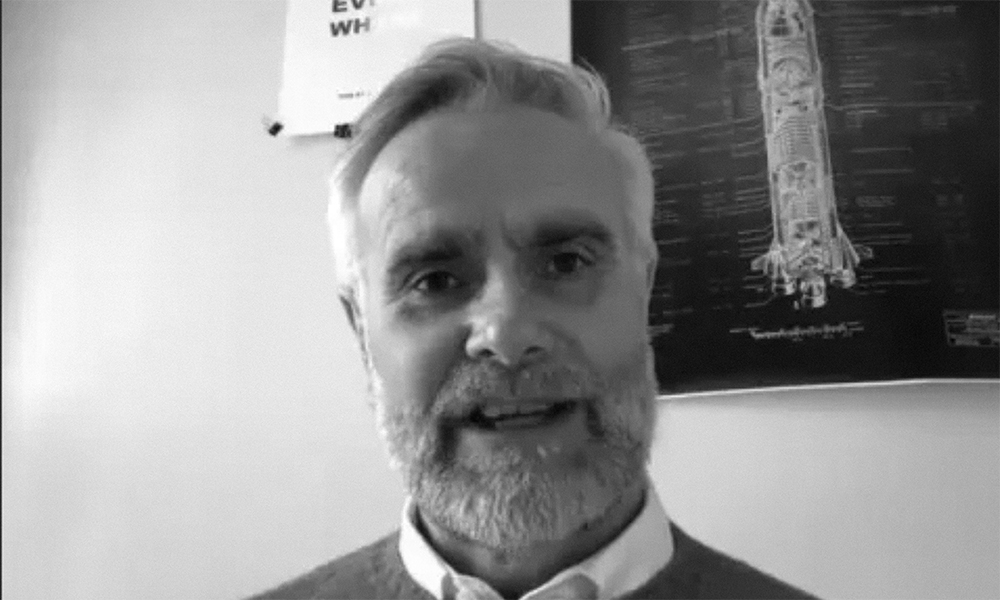
Photograph: Paul Engel/Unsplash
The measurement of performance in innovation is, naturally, a vague and moving target. However, a broadly accepted statistic published by BCG puts the success rate at around 5% or one in twenty.
Suppose innovation lands only when it achieves a reasonable degree of acceptance in its chosen market. In that case, it makes sense to focus hard, at every stage of development, on the nature and dynamics of customer value.
Some years ago, Sun Microsystems invited me to lecture a group of young tech entrepreneurs on the importance and impact of brand and marketing. Unsurprisingly, most of the audience clearly felt that this subject was far from an immediate concern, polite interest and engagement notwithstanding.
The lecture mainly revolved around the basic principles of strategic, “Big M”, marketing. I emphasised throughout, as I continue to do today, the critical role of customer value in any programme of innovation.
As I was leaving, a smiling young man collared me. “I just wanted to let you know that I followed most of the rules you were talking about. And before we’d written a single line of code, we had all our funding in place.”
Ten good reasons
The customer value proposition (CVP) deserves a lot more care and attention than it commonly receives. When thought through and well-articulated, the CVP becomes a powerful lens through which many things can be clarified and agreed.
Here are ten examples where the CVP can have an influence:
Determining the commercial viability of an innovation
Developing the internal business case required for investment
Identifying and prioritising key benefits
Identifying features that deliver key benefits
The choice and segmentation of a market, and positioning within that market
Defining a true competitor set
Gaining insight into the innovation’s strengths and weaknesses relative to competitors
Guidance on pricing, linking back to the costs required for the business case
Briefing inputs for brand development and realisation
Guidelines for go-to-market, brand communications and messaging strategies
The CVP has an enormous impact for a wide range of stakeholders and beneficiaries. And yet it’s remarkable how infrequently, even inadequately, a value proposition is properly bottomed-out. Why is this?
All three of these dynamics – invention, innovation and exploitation – must be present, balanced and well-executed, for new product or service development programmes to deliver real returns to the firm consistently.
Unpacking innovation
The most stubborn blocks are often cultural. Engineers, for example, tend to see an invention as the innovation itself. They often struggle to step through the looking glass to view their brainchild as a customer might see it. There is still a stubborn antipathy in the engineering community to anything that looks like marketing.
But the value of the invention can’t be confused with the value of the innovation. The invention is typically based around an original solution to a functional problem. The innovation is what moves the invention forward, to become a marketable solution to a customer problem.
What we commonly refer to as ‘innovation’ unpacks into three distinct and necessary phases. It’s useful to differentiate ‘Innovation’ (big I) from innovation (little i). Innovation (big I) is the process, and invention and innovation are steps within the process.
The third dynamic in Innovation is exploitation. Exploitation, in this case, means combining impactful go-to-market and sustained realisation of commercial value.
All three of these dynamics – invention, innovation and exploitation – must be present, balanced and well-executed, for new product or service development programmes to deliver real returns to the firm consistently.
‘Little i’ innovation is thus the crucial bridge that links the functional solution of the invention to the marketing and income generation achieved in successful exploitation. It’s precisely on this bridge, where a promising invention meets a potentially lucrative customer problem, that the majority of the CVP work is focused.
The deliberate and careful application of value proposition work is crucial to turning fresh invention into customer value, and customer value into revenue.
Too little, too soon
While all this may form a powerful argument, there remain deeper attitudes underlying the prevalent resistance to formal, disciplined value proposition work.
Foremost among these is a widespread pressure to take new products and services to market as rapidly as possible. And despite declared commitments to so-called customer centricity, there is also a pervasive low level of interest in directly engaging with customer value.
Underlying the latter issue is an old school, industrially-based belief, that the job of a firm is to sell stuff to people, and the job of marketing and sales is to do things to people to make them buy our stuff.
Ultimately, these beliefs cause firms to take to market suboptimal innovations too quickly, with key benefits and features omitted, wrongly-prioritised or poorly-articulated, or all of the above. As a result, brand positioning and communications are imprecise and uncompelling, requiring a disproportionate spend on sales and advertising to compensate for these weaknesses.
The deliberate and careful application of value proposition work is crucial to turning fresh invention into customer value, and customer value into revenue.
In other words, an awful lot of money gets left on the table. The job of the CVP is to ensure that such common failures are minimised from the start.
Framing and claiming value
The simplest and most powerful approach to framing a customer value proposition is, “You know this? Well, that.”
“This”, in context, refers to a thoroughly explored and understood problem that we believe a viable customer segment needs to be resolved. Or, of course, an opportunity they’d like to unlock. “That” is a precise and corresponding account of our proposed solution.
We need to firmly resist simply comparing our offering with the feature sets and pricing of our real or imagined competition. A key CVP rule is to look for competition after, not before, we have formed both the contextual customer narrative and our response to it.
Our competitors are not the people who “do what we do”. They are the firms that occupy the same or similar space in the mind of our customer.
The “this” that the well-formed CVP lays out is a distillation and definition of the primary contexts within which an offering would represent maximum value for the customer, and the corresponding usages of the product or service that we want the customer to understand. It’s a kind of staging, where the product or service and the customer are cast together in a little drama which shows the way to value.
Of course, great advertising is almost always built around emotionally evocative dramatisations of these idealised encounters between customer and brand.
The CVP’s job is to “frame and claim” value. The framing, the “this”, is entirely critical to the impact of the claiming, the “that”.
What’s not to like?
The outputs of this work form the basis on which fresh value, which otherwise would remain generic and vague, becomes clearly relevant and meaningful to a customer. The resulting impact on the effectiveness and efficiency of both marketing and sales (not to mention their greatly improved alignment) is striking.
After all, when we’re able to communicate clearly, the need to shout and repeat ourselves is entirely removed.
All of these benefits unfold from the minimal time and investment required to develop a robust customer value proposition. It’s a low-cost, high-impact tool, a strategic gift that keeps on giving.



